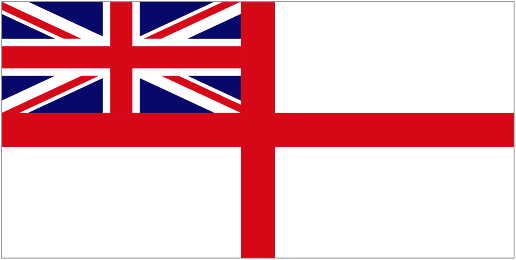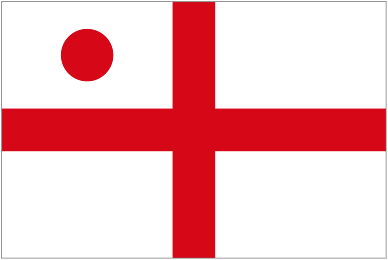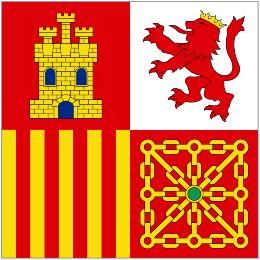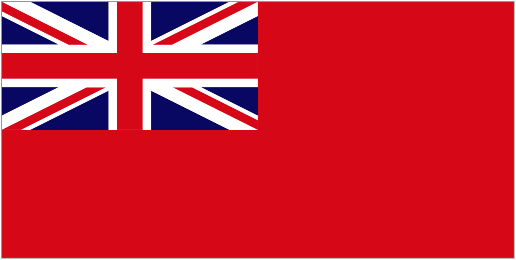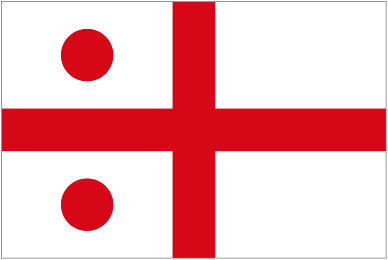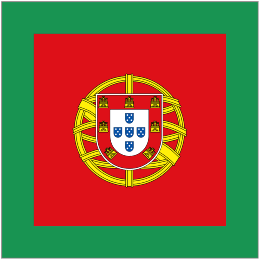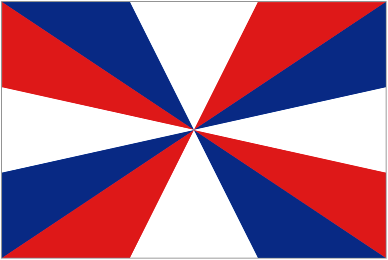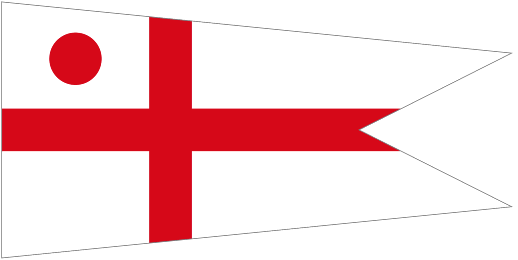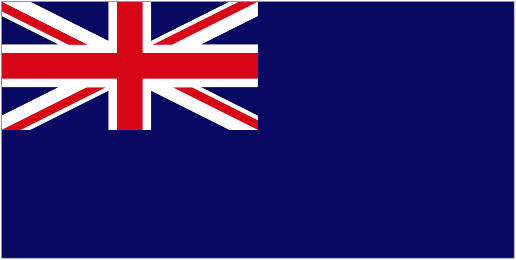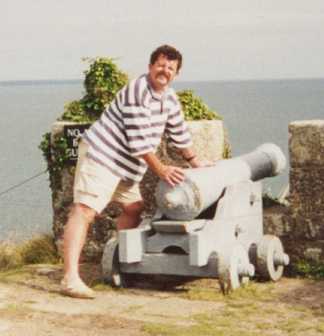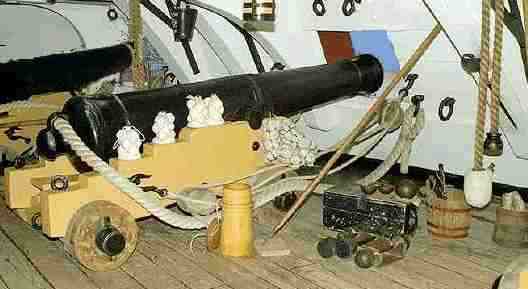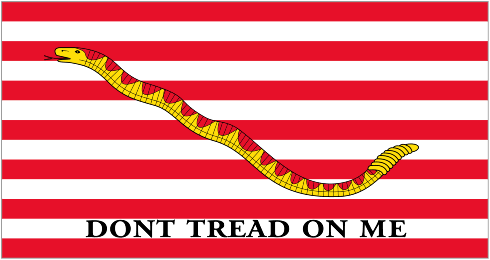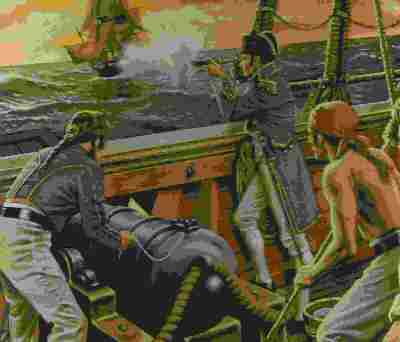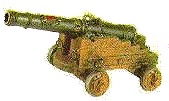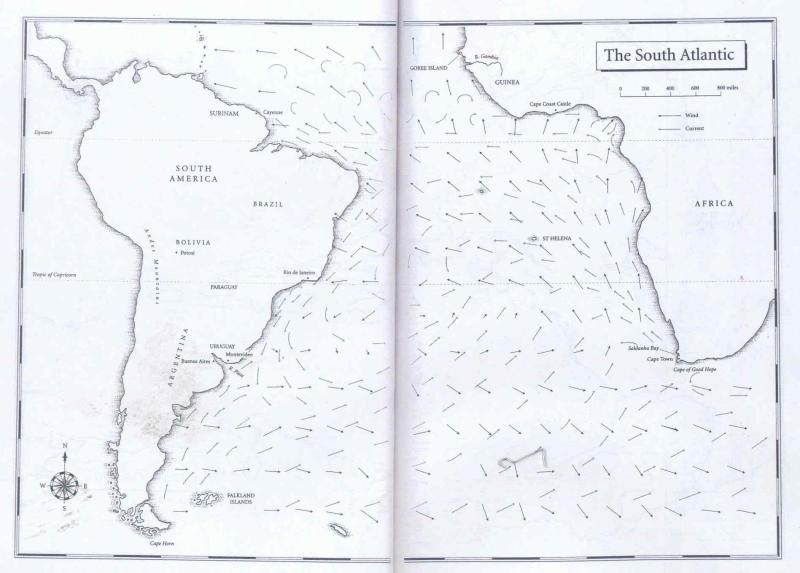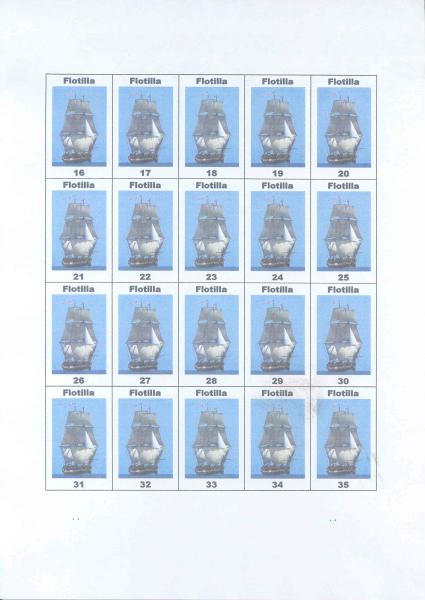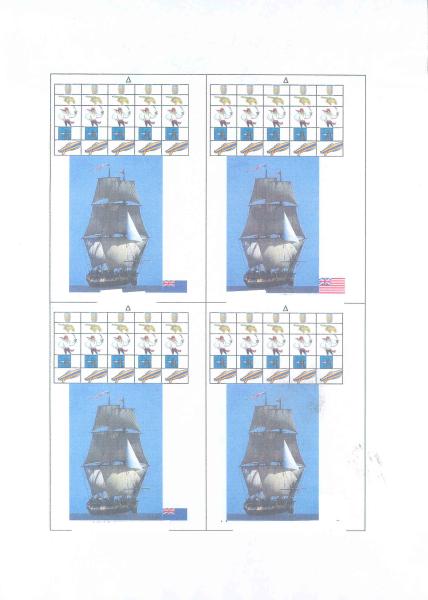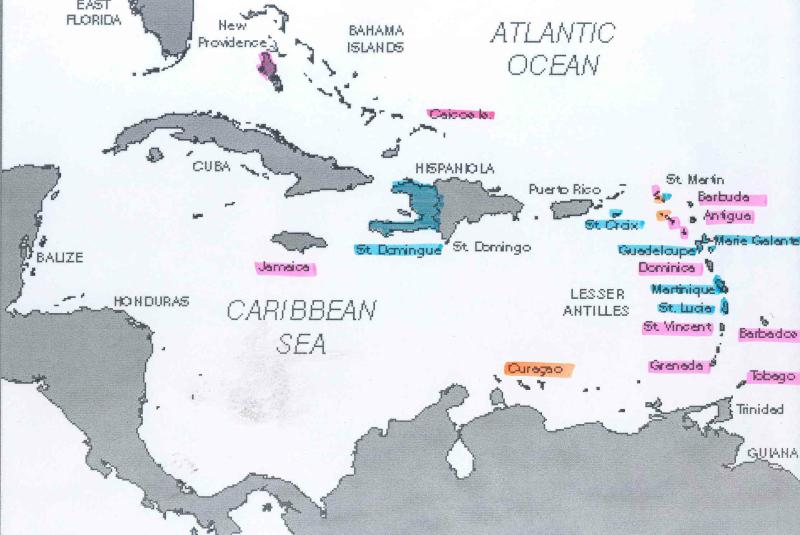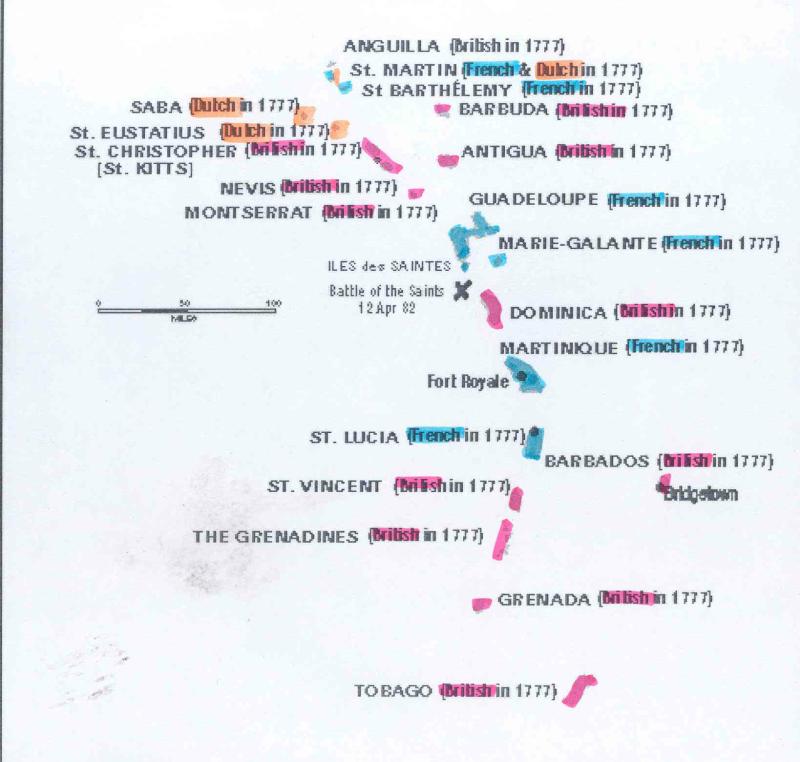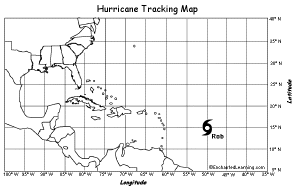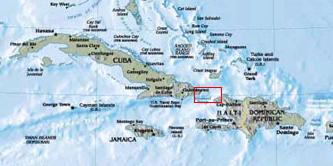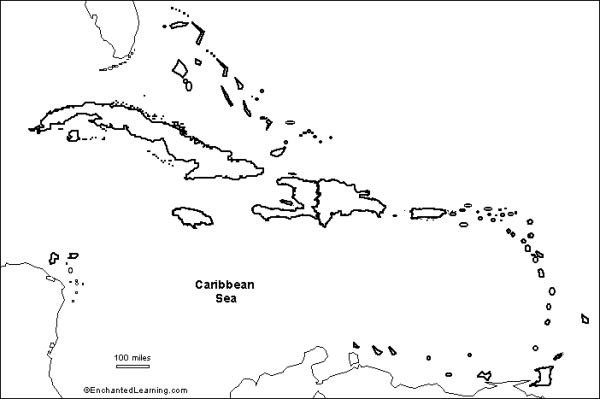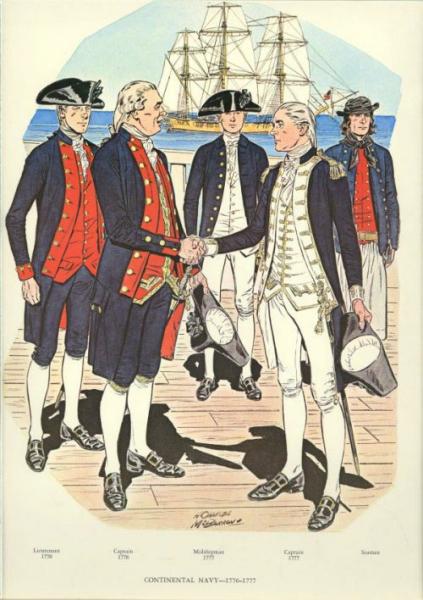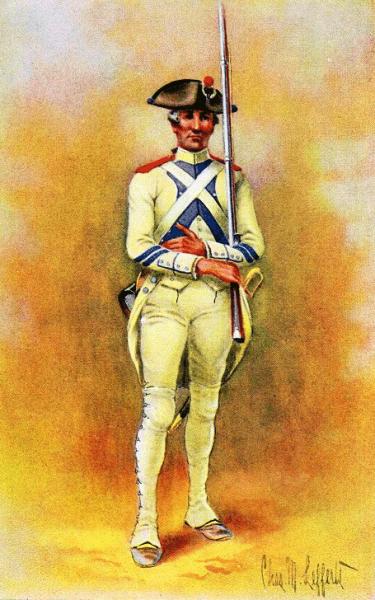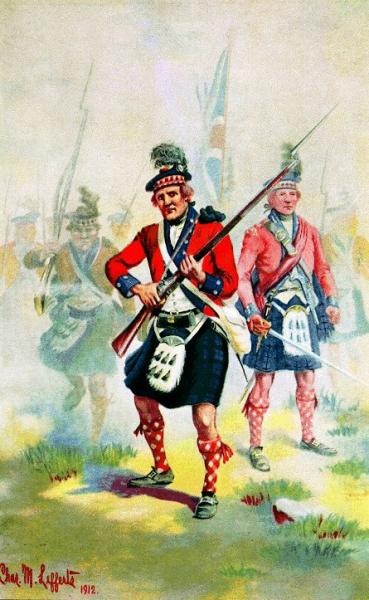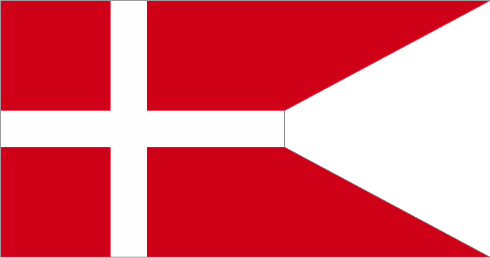
André de Suffren Thursday, 10/9/08, 7:56 AM
The war for American independence was fought elsewhere than on, or in, the waters off the North American continent. Probably the last formal engagements were fought on the other side of the globe and had no American present. These were part of a naval campaign that received significant notice in A.T. Mahan's The Influence of Sea Power Upon History (1660-1783) as he assess Suffren's "brilliant" naval campaigns in the Indian Seas, 1782 and 1783. More than one historian has defined André de Suffren as France's finest admiral of the era. Chevalier-commander André de Suffren, a well experienced seaman, led a French naval squadron out of Brest at the same time De Grasse's larger fleet deployed to North America in 1781. Suffren's squadron headed toward the Indian Ocean. Enroute, he surprised and seriously damaged an English naval squadron at La Praya in the Cape Verde Islands (16 April 1781). Suffren then went to the Dutch colony at the Cape of Good Hope and off loaded French troops to aid in the defense. Proceeding east, around the Cape, Suffren joined with another French squadron at Île de France [Mauritius], a major French port in the Indian Ocean. The French fleet proceeded east to the Bay of Bengal, where Suffren would for nearly two years maneuver and fight against much better provisioned British naval formations. Suffren's only shore assistance was from the Indian Mysore leader, Hyder Ali, who was also fighting the British, and use of small Dutch ports in Ceylon.
Web Site: Xenophon Group
Respective belligerent forces in the " War for America " Thursday, 10/9/08, 7:43 AM
Tax payers / populations. ¿ 13 American colonies : 2 millions, including the loyalists ¿ United Kingdom : 8 millions ¿ Spain : 11 millions ¿ France : 26 millions. Historians have estimated the overall cost of the War to the Royal French budget at 1 500 millions livres - about ¿ five billions - (Florin Aftalion - L'économie de la Révolution Française - Hachette 1987). Continental Army (according to général Knox, secretary of War, report to Congress, 1789). (militia not included) 1775 27 443 1776 46 891 1777 34 820 1778 32 899 1779 27 699 1780 21 015 1781 13 292 1782 14 256 1783 13 476 British ground troups (Piers Macksey -The War for America - Harvard 1964) Year : Apr 1775 Aug 1777 Oct 1778 Mar 1780 Mar 1782 South UK 10.612 13.868 53.465 61.402 64.274 North UK + Scotland 1.745 2.116 3.282 5.651 5.872 Jersey/Guernesey 343 431 2.585 2.674 4.556 Gibraltar / Minorca 5.232 5.351 7.081 8.008 7.371 India 1.099 1.009 1.062 West Indies 1.983 3.315 1.751 9.290 8.756 Canada incl in USA 7.767 6 647 7.471 10.225 "USA" 6.991 23.694* 39.637 32.149 34.463 embarked 6.194 5.872 TOTAL 27.063 57.637* 112.239 142.386 150.310 * these figures for 1777 do not include German " Hessians ". The number of Germans sent to America and Canada in the course of the war was 29,166. (Piers Mackesy - The War for America - Univ. of Nebraska ; page 62) French Royal Armies in 1778 (États Militaires ; Ordonnances en vigueur) ¿ Infantry = 109 regiments ; half of them have been involved in this world war : at least 40 in North America and the West Indies (two Irish, one German speaking). ¿ Cavalry = 52 regiments ; 4 have sent drafts in North America or the West Indies. This means altogether 220 000 professional soldiers, 35 000 officers on a war footing among them. 1 000 officers and more than 15 000 soldiers (Land service) have been directly engaged in North America (2 113 lost their lives); twice as many around the World. ¿ Marine Royale (1979) (Jacques Michel - La vie de Charles-Henri, comte d'Estaing, éd. J. Michel 1976) : 72 500 sailors, 2 500 officers The annual French Royal Navy budget amounted to 140 million livres (¿ 470 millions). Line vessels (J. Dull - French Navy and American Independence) Year French Spanish Dutch Americ. Total allied British 1778 52 - - 0 52 66 1779 63 58 - 0 121 90 1780 69* 48 - 0 117 91 1781 70* 54 13 0 137 94 1782 73* 54 19 0 146 94 * More likely, respectively 70, 75, 78 (70 at year end). European alliances Thanks to Louis XVI' foreign diplomacy, Britain did not succeed, for once, entering into any alliance. In order to balance the British Navy effectives, France dragged Spain into the conflict. To obtain this result, French Royal Government had to ¿ remind Spain and request the implications of the so called "Family Compact" between the two kingdoms, negotiated and concluded on August 1761 by Choiseul, French Foreign Affairs Minister ; ¿ accept preparing a military landing in the UK. Spain policy was to minimise the American English colonists' forces that could refrain her efforts to keep Louisiana , recover Florida and enlarge further on in North America ; ¿ undertake not to stop fighting until Spain recovered Minorca and Gibraltar. The other main European nations (Russia, Austria, Prussia, Sweden, Portugal) entered into a League of Armed Neutrality not to be involved. They refused the American Congress demand to be admitted into this pacific alliance. Germany did not exist as a state yet. The principalties of the "Empire" were loosely coordinated by the Habsburg of Austria. Almost every German speaking actor on the Independence side were members or issued from the French Royal Armies (Deux-Ponts, Kalb, etc. ...) or dispatched under French governmental influence (Steuben).
Web Site: SAR france
West Indies During the American War for ndependence (1776-1783) Thursday, 10/9/08, 7:42 AM
The theater of the West Indies is often referenced, but incompletely covered in most histories about the American War for Independence. It was a theater that meant more in economic value to the European powers than did the 13 colonies in rebellion. The West Indies had an important influence on the sophisticated strategies of the European nations who were conducting a world wide war, in contrast to the war aims of the American colonies fighting for independence from Great Britain. This difference probably explains why the West Indian theater is slighted in most works about the `American Revolution'. The array of naval battles and island captures in the West Indies present a difficult picture to understand the actual wartime results in that theater. This page is an attempt to depict the scope of the events and to show an overall portrayal of exchanges in island possessions. Below are maps reflecting a general scope of the theater. The first map is of the full West Indies; the second is of the Lesser Antilles where most of the fighting and island exchanges took place. Green areas represent Spanish possessions, Red for British possessions, Blue for French possessions, and Yellow for Dutch possessions. It should be noted that the colored areas reflect `territories claimed', while actual `occupation and control' was limited to a few small settlements along coasts and rivers.
Web Site: Xenophon Group
Maps and Charts of North America and the West Indies 1750-1789 Thursday, 10/9/08, 7:24 AM
Web Site: LOC

